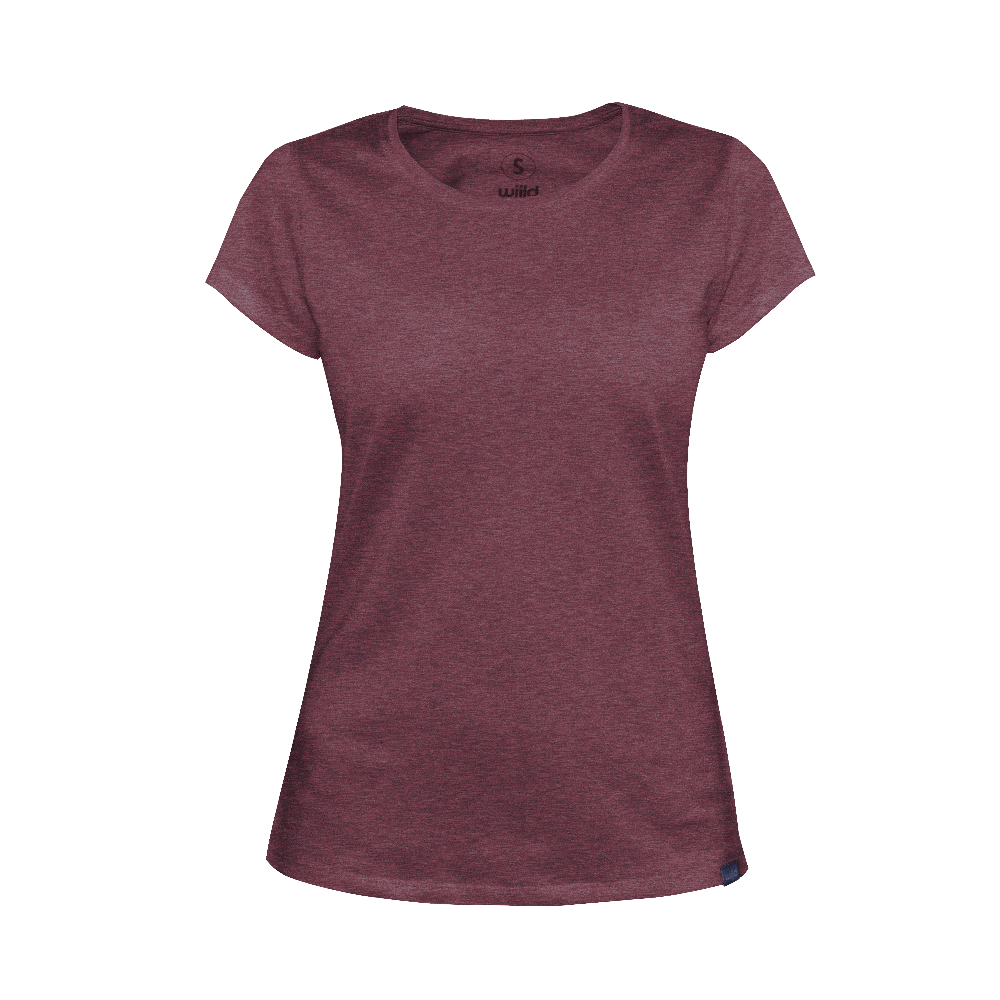
15.12.2017 Product
Textiles Plants
T-Shirt
Wood has many different properties. There are obviously no limits to new ideas for products and areas of application. This is demonstrated by a young company from Wuppertal.

15.12.2017 Product
Textiles Plants
Wood has many different properties. There are obviously no limits to new ideas for products and areas of application. This is demonstrated by a young company from Wuppertal.
18.01.2018 News
Chemistry unspecific Agriculture sciences
Researchers at Hohenheim University found a possible new remedy against the Varroa mite: the chemical lithium chloride. It seems highly effective and is would be easy to dispense.
17.01.2018 News
Chemistry Plants Chemistry
Fraunhofer researchers are developing bio-based and biodegradable alternatives to microplastics. They use cellulose particles derived from wood or crops.
19.01.2018 News
Chemistry unspecific Chemistry
Clariant and Global Bioenergies have developed a new polymer from renewable resources for cosmetic creams and lotions.
23.01.2018 News
Food Plants Agriculture sciences
The offspring of two maize inbred lines provides higher yield than the parent plants. According to researchers at Bonn University this effect is caused by increased gene activity.
24.01.2018 News
Chemistry unspecific Biotechnology/Systems biology
Evonik and Siemens are developing a new technology that uses bacteria and electricity from renewable resources to convert carbon dioxide (CO2) into specialty chemicals.
01.02.2018 Country
unspecific unspecific unspecific
In the current 12th Five-Year Plan, the bioindustry is one of the emerging industries in the spotlight. The Plan for the Development of Bioindustry is about sustainable growth, as it also contributes to smart urban development. Tradtionally, biotechnology has been strongly promoted in China.
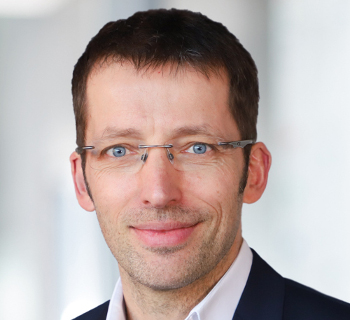
13.02.2018 Interview
Chemistry Microorganisms Chemistry
At TU Braunschweig, chemist Uwe Schröder is investigating how bacteria can generate electricity from waste water.
09.02.2018 News
Pharmaceutical industry unspecific Biotechnology/Systems biology
In Thuringia, textile researchers are working on bio-based sutures for surgical operations. The new fibres dissolve in the body and are thus safer for the patients.
12.02.2018 News
Chemistry unspecific Chemistry
According to a meta-study by Berlin-based researchers, accumulations of microplastics in the soil are a much greater burden on the environment than in the seas.
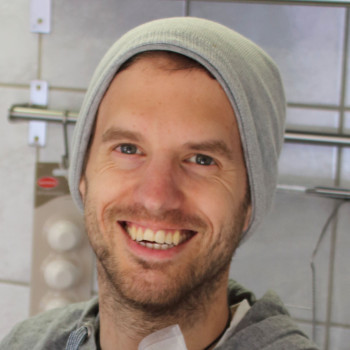
20.02.2018 Interview
Food Animals Nutritional sciences
Making insects popular as a new source for protein - that is the goal of "snack insects" founder Folke Dammann. Since 2013, the company based near Hamburg is focused on snacks and cooking ingredients based on insects.
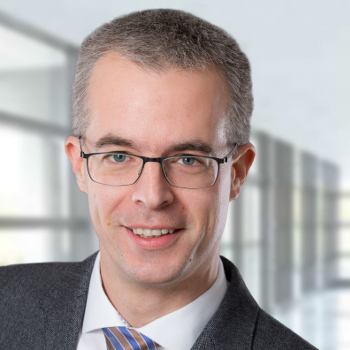
27.02.2018 Interview
unspecific unspecific Bioökonomie mitgestalten
Water researcher Christian Schaum is looking for solutions to reduce the microplastics pollution of inland waters.
20.02.2018 News
unspecific Microorganisms Biotechnology/Systems biology
Mother nature knows best: Biologists discovered that the diversity of bacteria that are able to eat and digest plastic is greater than expected.
27.02.2018 News
Agriculture and forestry unspecific Agriculture sciences
How can soil research support a sustainable bioeconomy? The network BonaRes provided the answer to this and other questions during their recent international conference in Berlin.
07.03.2018 News
Food Microorganisms Agriculture sciences
From manure to lettuce: the German fertilizer manufacturer K+S is giving the circular economy a whirl and has set up an aquaponics container in Kassel for research purposes.
08.03.2018 News
Pharmaceutical industry Microorganisms Biotechnology/Systems biology
The medical technology manufacturer Polytech is now working together with AMSilk on breast implants with biotechnologically produced spider silk. The first clinical study has just begun.
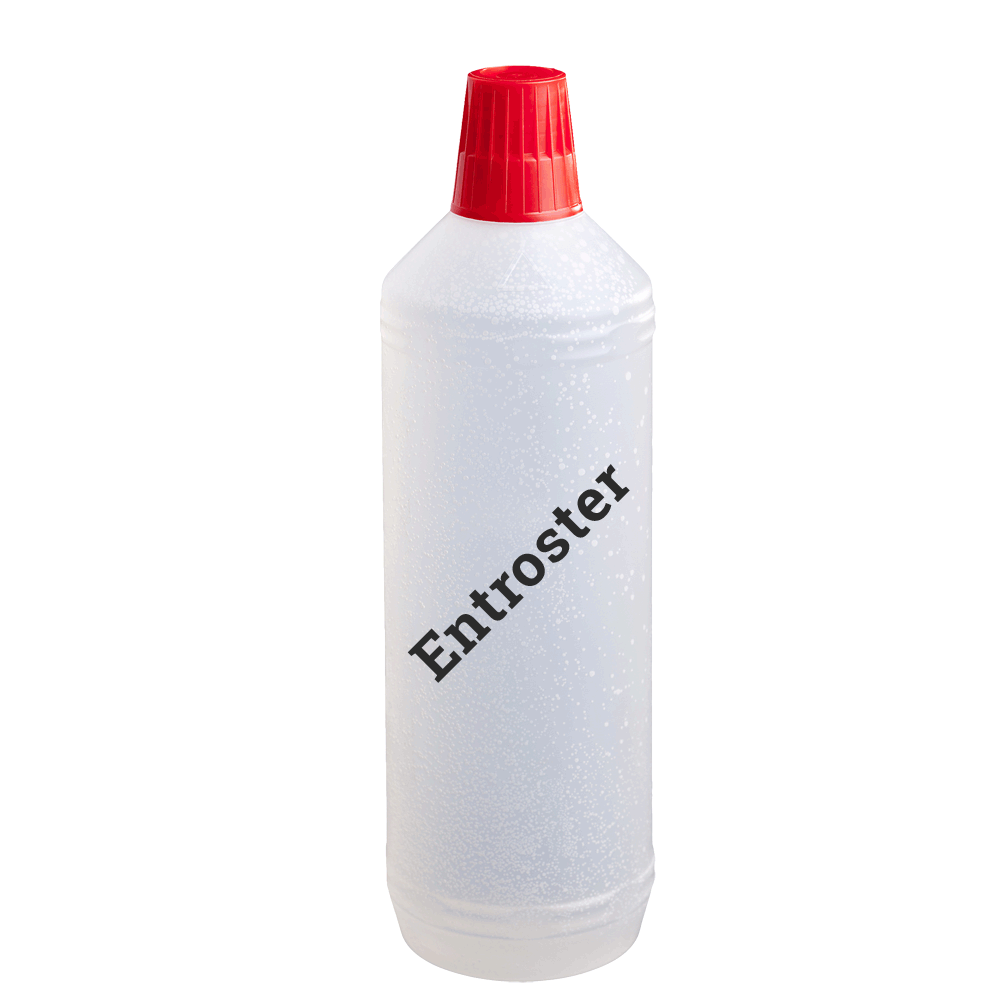
15.03.2018 Product
Automobile Microorganisms
Objects made of ferrous metals will develop rust over time, especially if they are not in constant use. Once rust has formed, there is no protection against further decomposition.
20.03.2018 News
Pharmaceutical industry Plants Biotechnology/Systems biology
More effective vaccines against pneumonia could soon be available: A synthetic sugar protects against forms of pneumonia and meningitis that are unaffected by conventional vaccines.
01.03.2018 Country
unspecific unspecific unspecific
Iceland plays a leading role in a bioeconomy alliance with Greenland and the Faroe Islands. Marine resources dominate the bio-based economy in Europe’s second largest island state. Iceland has teamed up with Greenland and the Faroe Islands to jointly develop a bioeconomy strategy.
28.03.2018 News
Agriculture and forestry Plants Agriculture sciences
German researchers are developing a warning system for ecosystem changes. Infrared sensors show how imported plants change the landscape of dunes in Portugal.